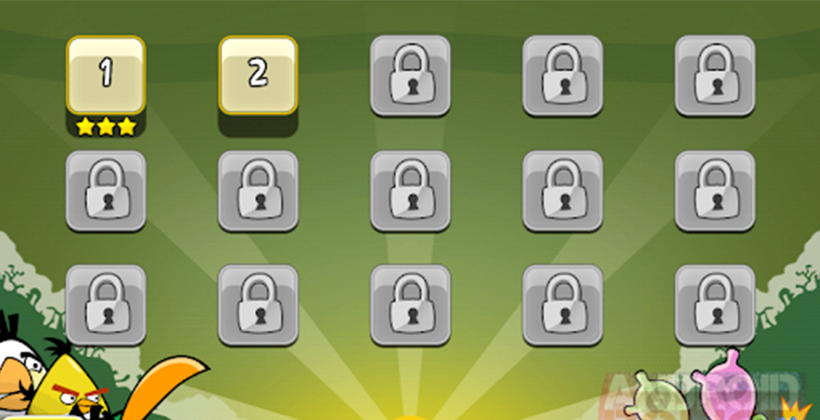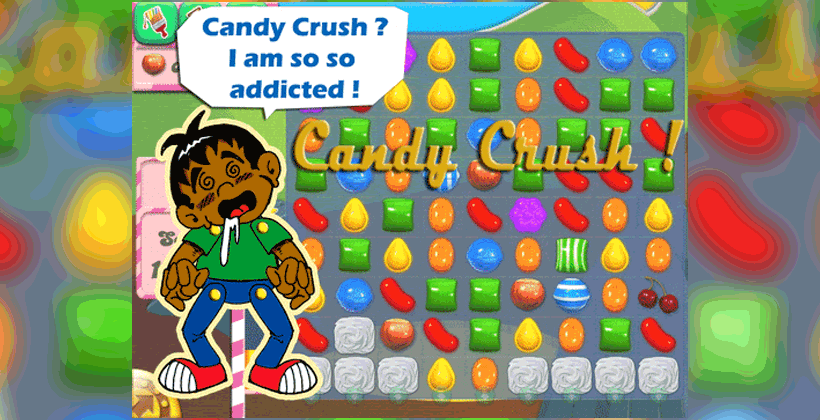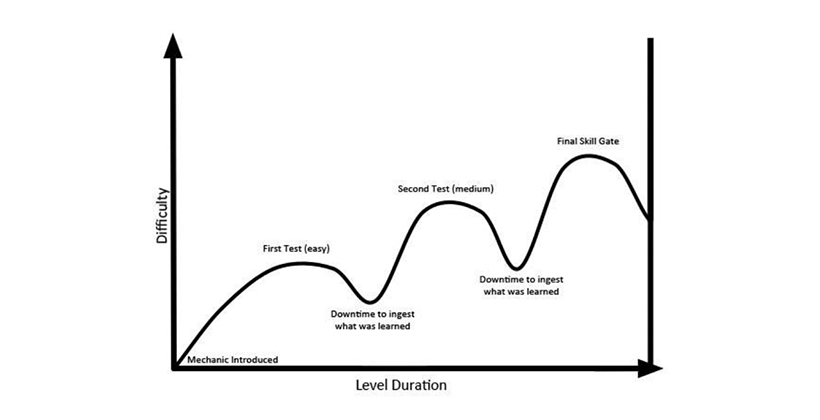Ever played a game on your device that’s kept you so hooked that you forget about everything else? I’m sure Angry Bird players would be able to answer that question well.
One of the major reasons for the success of games like Angry Bird and Temple Run is their level design for mobile games wherein each progressive level facilitates a new adventure and experience for the gamers.
In this blog, we are going to talk about the importance of level design for mobile games & mobile game development, factors to consider when designing game levels, and measuring level progression through analytics.
What is level design for mobile games?

Level design for mobile games is an integral part of the game development process and the entire level design process is dedicated to designing game levels in a manner that the levels get progressively complicated.
Level design for mobile games is also known as environment design and is devoted to planning and designing game stages. In the process, you progressively make the levels tougher as the players get along.
Why level design for mobile games is Important?
Level design for mobile games is one of the most vital parts of the Game Development Process primarily because it gives the players a direction – how would people stick to your game – in other words, like your game. The Level design for mobile games also impacts:
- User engagement
- Game revenues
- Game ratings
User Engagement
In simple terms, user engagement is defined as the number of hours a user spends on a particular game. The more people spend time playing the game, the better is user engagement.
Users will remain hooked to the game only if they find it interesting and engaging. The players would only return to the game if the user is intrigued enough to come back and solve the next puzzle or complete the next level. Better level design for mobile games equals better engagement.
Game Revenue
Level design for mobile games has a massive impact on the game’s potential revenue. One of the best ways of showcasing ads is on the completion of levels. This means, better the level design, more ads you can show your users, hence earning more revenue.
A number of games also generate revenue by selling coins/hints through in-app purchases. Having the right balance of difficulty and intrigue factor can push people to pay for such hints allowing you to generate more revenue.
Game Ratings
In order to get a rating on your mobile game, it is certainly necessary that your game is interesting. If your game has the Xfactor, it is likely that users will rate, review, and recommend your game to others.
Therefore, a good level design for mobile games helps people stay hooked and encourages them to refer.
Factors To Consider-level design for mobile games

Target Audience and Platforms
It is imperative to define your target audience and target devices in order to come up with an interesting level design for mobile games.
Games developed for a younger target audience would essentially have easier levels and would revolve around images and characters that interest them the most.
Example – Candy Crush and Fruit Ninja have an interactive user interface and game levels. On the contrary, Dota is for a more mature audience and has relatively difficult levels.
Another aspect that demands attention in terms of level design for mobile games is the target platform. The target platform plays a crucial consideration in terms of deciding the length of a level and the graphics to be used.
Mobile games differ from PC games when it comes to the level’s complexity and progression. PC games generally have longer quests and missions and use heavy graphics whereas mobile games tend to have shorter levels.
level design for mobile games – Level Progression
Game level progression and its difficulty is another important aspect of game level design. It is important that your game stages should remain interesting because if it becomes monotonous, the users will start to lose interest in your game.
Correspondingly, if the levels are too tough to crack, it would frustrate the users. Although it is challenging, every game defines how to improvise difficulty for its users.
Candy Crush slowly enhances its level complexity by putting out fewer and tough to crack sequences. It is important that your users feel smart when they play your game.
Giving them gradually challenging tasks according to the level of the skill set required will help keep them entertained.
Variety
If all the levels in a game tell the same story back and forth, the game is going to become boring after a point. On the contrary, if you end up introducing a level of variety in your game, it would surely enhance the game, resulting in higher engagement.
Candy Crush adds variety to the game by adding explosives that allow users to break 10 blocks at a time along and a number of other such variations are added as the levels progress.
This way the game doesn’t become too monotonous and helps players enjoy new questions.
Game Economy
It is always a great idea to include gems economy in order to make your game more interesting and intriguing. Let your users use these gems and rewards to unlock levels and new challenges.
In Candy Crush, A booster (sometimes known as a power-up) is an item in Candy Crush Saga (or Candy Crush) that can be used to simplify the gameplay. They do this in various forms.
This indulges the players to keep going and work through to collect these in-game boosters for a more attractive game-play.
Structuring Your Level Design
- Stage 1 and 2 – teach your players the controls.
- Levels 3-10 – give your players some awesome progress so they can feel great about themselves and clearly see that they are actually getting better at your game.
- Levels 11 and above – gradually introduce your players with interesting new level elements and obstacles.
In every game, the initial levels must allow players to get familiar with the gameplay without demotivating them. Going forward, you can enhance the level of difficulty as you move ahead in the game.

Measuring Level Progression Through Analytics
By now, I’m certain we all understand how important level design for mobile games is in game development and how it can impact your game engagement level and revenues.
The initial levels of the game are generally based on market research and later measured using analytics in order to see the level progression.
Analytics plays a vital role in measuring user progression through various levels. Facebook Analytics, Google Analytics, and Game Analytics are a few examples of game analytics platforms used to measure level progressions.
Analytics provides a method to measure progression, known as funnels. Funnels help us map the user’s journey, and answer questions like
- No. of users who played level 1, and how many of them completed level 1?
- How many failed users tried again and cleared level 1.?
- Percentile of users cleared level 45?
Final Considerations
It is important that throughout the process level design for mobile games, you must identify any immovable constraints. Be sure to create the theme of your game as per its plot.
It is essential to choose platforms, images, and metrics for your game in a fashion that the users will remain hooked to the game throughout the game’s level progressions.
At RnF Technologies, we have been developing mobile games for the past decade using revolutionary technologies of mobile game app development to create 2D and 3D games for iOS and Android, having hands on expertise in level design for mobile games.
In recent years, we have delivered each project with a ratio of 100% satisfaction. Do you have a mobile game idea in mind? We can help you build a gaming app to reach a million downloads on the app store. Let’s discuss it!




